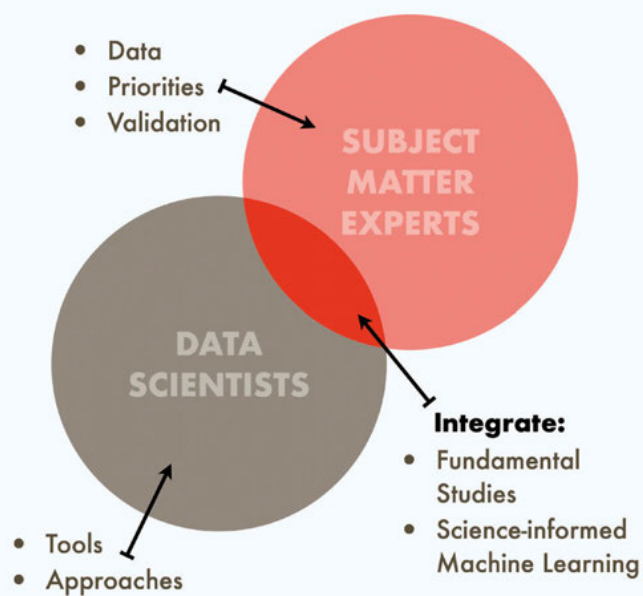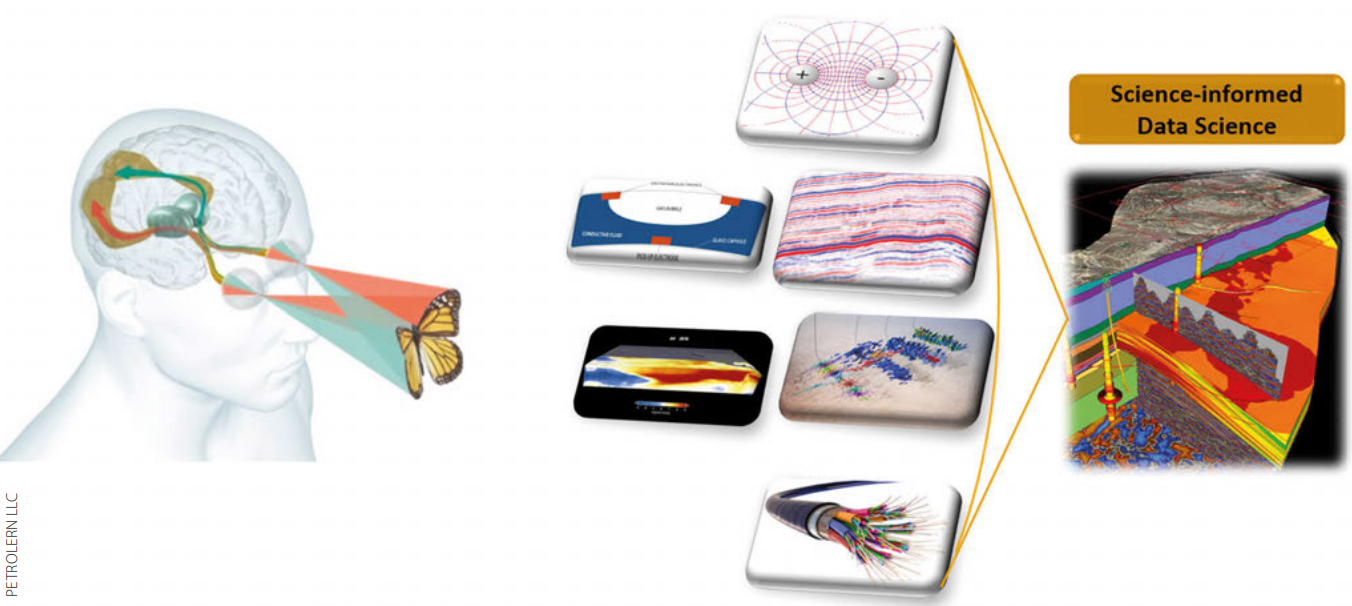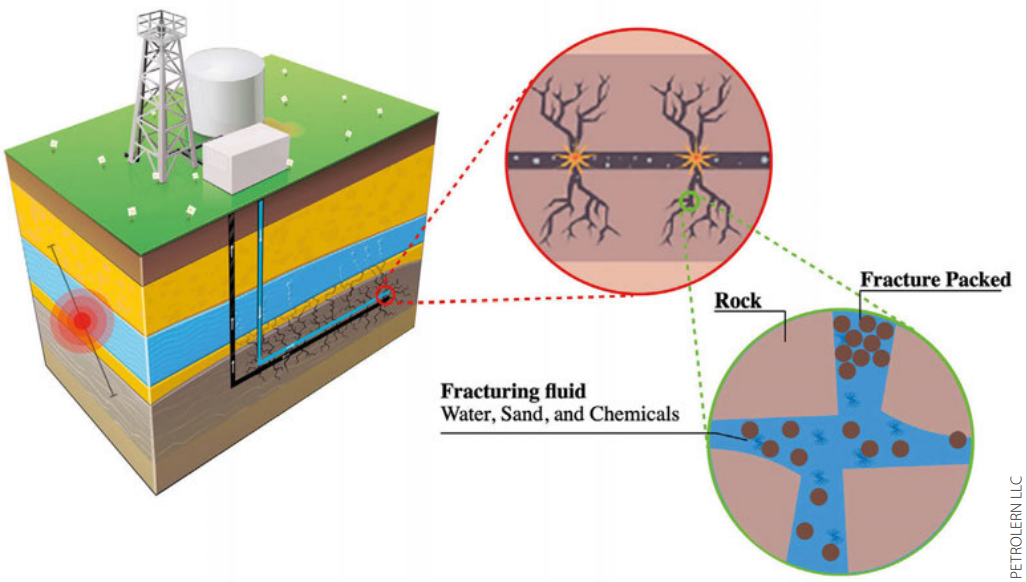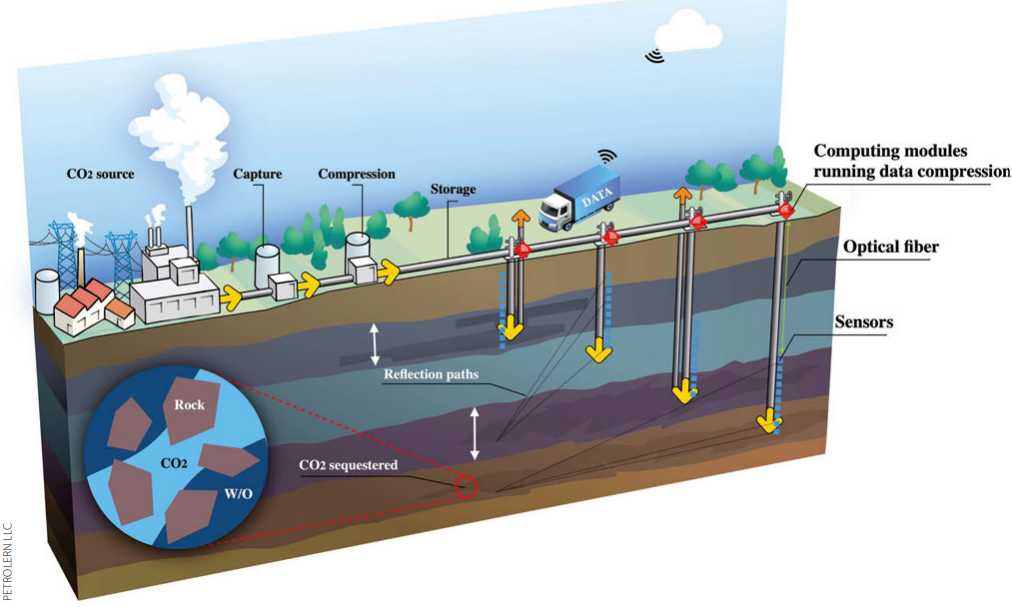The upstream oil and gas industry collects huge amounts of data, yet very rarely analyses more than a small fraction of it. In addition, some decisions need to be made not only smartly but swiftly, including those that are critical to safety and to minimising the environmental impact of operations, as well as those needed to effectively manage wells and reservoirs. This has prompted a major effort in developing technologies for subsurface monitoring and decision-making in near real-time.
Real-time decision-making applicable for subsurface energy systems is a transformational goal that may take a decade to completely impact and revolutionize the oil industry. Regardless, several technologies are currently being developed that can have a significant impact near-term on enhanced decision-making. These include high resolution downhole tools including fiber-optic sensors that measure temperature, strain, acoustic, electromagnetic and chemical properties, as well as improved computational platforms and algorithms, artificial intelligence and machine learning methods, and other differentiating technologies. These technologies can impact not only mainstream oil and gas exploration and production decisions and enhanced oil recovery, but also carbon storage and enhanced geothermal systems.
Workshop on Real-Time Decision-Making
In 2018, a major workshop was held in the United States at Carnegie Mellon University, attended by about 70 representatives from industry, academia, national laboratories and the US Department of Energy (DOE). The primary focus was on unconventional oil and gas recovery and subsurface carbon storage. In June 2019, a report entitled Real-Time Decision-Making for the Subsurface, was generated, which summarized the findings and recommendations of the workshop. It is accessible online at the Carnegie Mellon University website.
The highest-value use cases considered at the workshop included:
- Safety: protecting workers, the environment and equipment from serious incidents using technologies that can provide an early warning for failures, and enable other decisions that must be made smartly and swiftly;
- Drilling/geo-engineering: accelerating and improving the drilling process and improving well placement;
- Management and operations: optimizing recovery and storage efficiencies through improved reservoir characterization, fluid injection and production, ensuring no leakage of resources beyond the reservoir, while mitigating induced seismicity;
- Completions and well operations optimization: including managing stress, and monitoring and controlling fracture formation and fracture growth.
The workshop also identified several challenges that can impede the development and use of real-time decision-making tools. These include missing or incomplete datasets; incompatibility between data formats; limitations on storing, transmitting and managing large data volumes; lack of appropriate or useful signals; and hesitance by decision makers in adopting and embracing new technologies.
Recent Technology Award
The US DOE recently awarded PETROLERN LLC, an Atlanta-based service and R&D company, a $1.2 million grant to advance real-time subsurface decision-making. The project primarily focuses on carbon storage but it could also have results that would be advantageous for oil and gas and geothermal applications. The technology directly addresses the challenges associated with transmitting and managing large data volumes and partly addresses the gap associated with signal enhancement. It develops hardware and software to acquire, compress, transmit, process and analyze large datasets from downhole and surface sensors (both fiber-optic and others), using advanced signal processing and science-based machine learning methodologies. Much of the computing is done at the edge of the survey sensory network rather than solely in the cloud. The project is illustrated for carbon storage in one of the figures below.
The company believes that this technology has the potential to completely change the way oil and gas fields and other resources are operated. It is also low cost and can drastically improve safety and project profitability. Although still under development in phase 2, it has already attracted the attention of several oil and gas operators, utility companies and fiber optic technology firms. It is the fifth such contract the US government and industry has awarded PETROLERN in the past two years, with the objective of pushing the current boundaries in monitoring and control of subsurface operations by adding real-time capabilities. One of the reasons this technology development has thus far been successful is the close working interaction between subsurface engineers, geoscientists and data scientists working on machine learning and artificial intelligence.

Solution to a Key Challenge
Close integration of geoscientists and engineers (subject matter experts) and data scientists is a key to success (after Carnegie Mellon/DOE report on real-time monitoring).So, what specifically is different about this new technology? Over the past two decades, there has been a drastic advance in sensing technologies and data acquisition systems in different disciplines. Some of these technologies have been deployed in carbon capture and storage (CSS) for monitoring, verification and accounting (MVA) to confirm permanent storage of CO2 in geological formations. MVA is a significant cost component of any carbon storage campaign and necessary for its success. Automated and low-cost MVA solutions can therefore advance CCS towards commercialization by providing a reliable and real-time control option over the reservoir, as well as reducing the associated costs.
For MVA, a complex network of surface and underground sensors is often installed, generating a large volume of intricate datasets that present a challenge in terms of transmission to the surface. These raw data also require swift, automated and affordable tools to be efficiently processed and analysed to enable real-time decision-making. However, the conventional data collection and processing methods used are often rudimentary, and significant time is required to transmit the high-resolution data to the cloud, with the processing needing significant human intervention. Furthermore, the hardware platform has usually been designed and implemented for data acquisition and sampling, and the microcontroller architecture cannot provide any computational power to carry out the analytics at the sensor node. Therefore, the entire process is curbed by human aptitude, computational power and the available bandwidth. This introduces a huge challenge to collecting and processing large volumes of data in an efficient and cost-effective manner.
What’s Next?
This new technology will be tested, commercialized and hopefully used routinely in the field in a few years. Subsurface real-time visualization and decision-making, however, is a huge puzzle, for which this new technology provides some of the critical components, but not all of them. Some other pieces that need to be resolved include more advanced sensors, high-resolution visualization tools to display and diagnose anomalies, better so-called ‘reduced-order models’ to reflect subsurface changes on the fly and with proper physics, and autonomous control systems that can take action when needed. In the near-term, there will be a human in the loop to make decisions when an alert sounds, but eventually the control system will be fully autonomous, and real-time subsurface monitoring and decision-making will no longer be a dream but will have become a reality. Carbon storage operations using real-time downhole monitoring.








